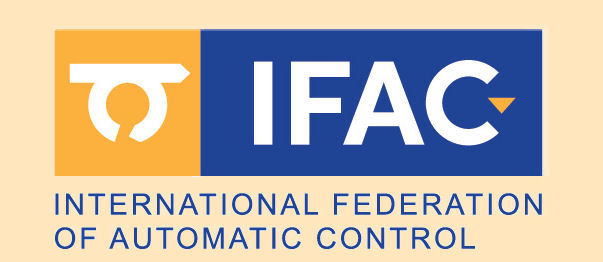| Paper WeAT1.4
Nguyen, Duc An (LGP, Université de Technologie Tarbes Occitanie Pyrénées), Dominguez, Diego (Department of Electrical Engineering, Universidad de Chile), Nguyen, Thi Phuong Khanh (LGP, Université de Technologie Tarbes Occitanie Pyrénées), Orchard, Marcos (Department of Electrical Engineering, Universidad de Chile), Medjaher, Kamal (LGP, Université de Technologie Tarbes Occitanie Pyrénées)
Construction of Hierarchical Health Indicators for Explainable Monitoring in Multi-Component Mechatronic Systems
Scheduled for presentation during the Invited Session "Advanced Prognostics and Health Management of Mechatronic Systems: Methods and Applications" (WeAT1), Wednesday, July 16, 2025,
11:00−11:20, Room 105
Joint 10th IFAC Symposium on Mechatronic Systems and 14th Symposium on Robotics, July 15-18, 2025, Paris, France
This information is tentative and subject to change. Compiled on July 16, 2025
|
|
| Keywords Diagnosis, Condition Monitoring, and Performance Assessment, Fault Detection and Isolation, Data-Based Methods and Machine Learning
Abstract
The development of explainable health indicators (HIs) for multi-component mechatronic systems is vital for monitoring their performance, ensuring their reliability, and optimizing their operational efficiency across a wide range of industries. These indicators play a pivotal role in detecting and diagnosing faults, assessing system health, and guiding maintenance decisions. However, achieving explainability in HIs poses significant challenges, including the selection of the most relevant sensors, the accurate modeling of degradation trends influenced by maintenance activities, and the integration of component dynamics into a system-level representation. To address these challenges, we propose a novel methodology for constructing hierarchical HIs — a two-level structure where component-level degradation signals are first modeled individually, then systematically aggregated to form a comprehensive system-level health representation. The proposed approach, named TRSAE, incorporates an automated sensor selection process to identify the most important sensors, reducing redundancy while improving interpretability. Furthermore, maintenance and downtime effects are explicitly integrated into the modeling process to ensure a more realistic and reliable assessment of system health. By tackling these challenges, our methodology improves transparency in system behavior, strengthens diagnostic capabilities, and builds trust in predictive maintenance decisions. The proposed methodology is validated through a case study in an iron mining system, an environment characterized by extreme operating conditions and continuous heavy loads that accelerate the degradation of critical components. The case study demonstrates how hierarchical HIs can capture complex degradation dynamics, optimize sensor usage, and improve remaining useful life (RUL) predictions, offering actionable insights for proactive maintenance planning and reliable system operation.
|
|


 This site is protected by copyright and trademark laws under US and International law.
This site is protected by copyright and trademark laws under US and International law.